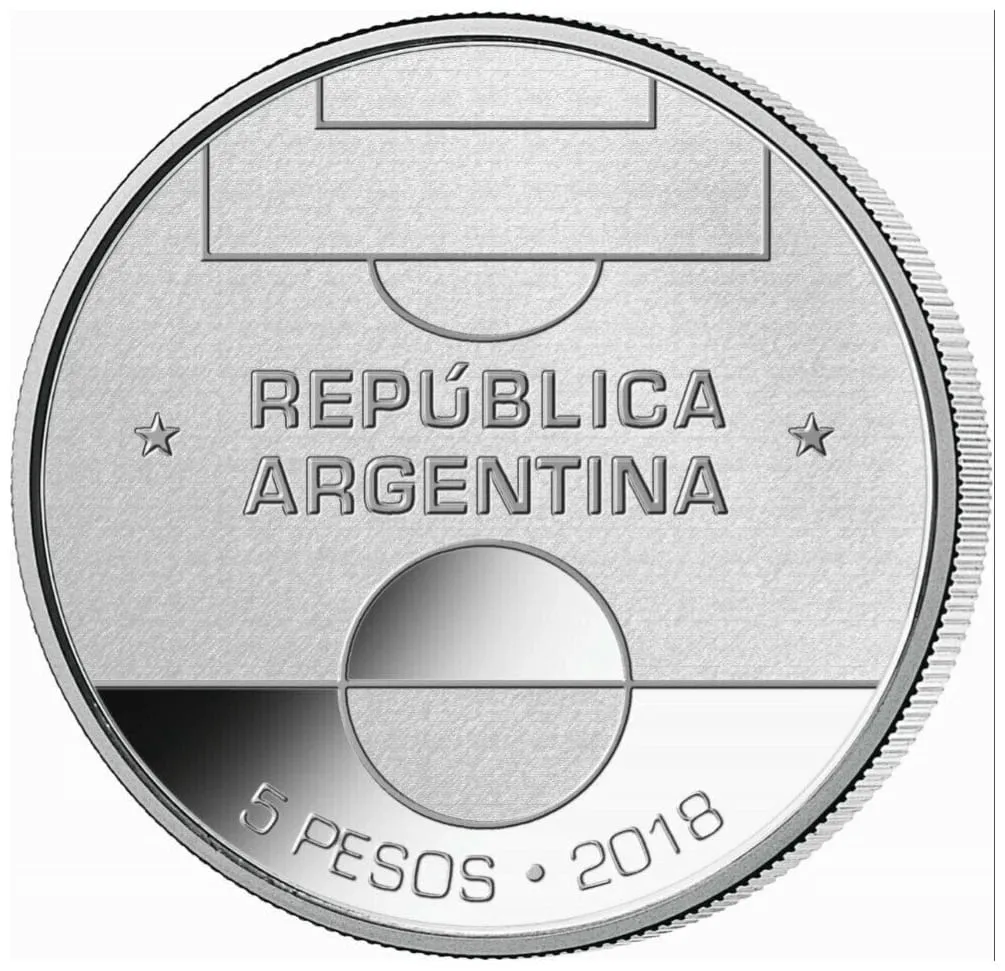The path to Argentina’s emergence as an independent state from the Viceroyalty began with the 1810 May Revolution. During this event, the viceroy Baltasar Hidalgo de Cisneros was replaced by the First Junta, a new local government in Buenos Aires. While the Junta successfully suppressed a royalist counter-revolution in Córdoba, they faced difficulties in dealing with the Banda Oriental, Upper Peru, and Paraguay, which later became independent states.
An important figure in the struggle for independence was the French-Argentine Hippolyte Bouchard, who played a significant role in attacking Spanish territories overseas. He even gained support from escaped Filipinos in San Blas, who joined the Argentine navy due to shared grievances against Spanish colonization. Argentina gained recognition from King Kamehameha I of Hawaii, making it the first state to acknowledge Argentina’s independence. However, Bouchard was later arrested in 1819 by Chilean patriots.
During this period, the revolutionaries split into two opposing groups, the Centralists and the Federalists, which shaped Argentina’s early years of independence. Gervasio Antonio de Posadas was appointed as Argentina’s first Supreme Director by the Assembly of the Year XIII.

On 9 July 1816, the Congress of Tucumán officially declared Argentina’s independence, which is now celebrated as Independence Day. In the following years, General Martín Miguel de Güemes and General José de San Martín played crucial roles in securing independence for Chile and Peru, respectively. In 1819, Buenos Aires adopted a centralist constitution, but it was later abolished by federalists.
There was a proposal known as the Inca plan of 1816, suggesting that Argentina should be a monarchy led by a descendant of the Inca. However, the Congress of Tucumán rejected this plan and instead established a republican, centralist state.
The Battle of Cepeda in 1820 marked the end of the Supreme Director’s rule, leading to a new centralist constitution in 1826 with Bernardino Rivadavia as the first president. However, the interior provinces opposed this constitution, resulting in Rivadavia’s resignation and the abandonment of the constitution. The civil war between the Centralists and the Federalists resumed, with the latter prevailing and forming the Argentine Confederation in 1831, led by Juan Manuel de Rosas. Rosas faced challenges during his regime, including a French blockade and the War of the Confederation, but he managed to maintain control and prevent further loss of national territory.
In 1852, Justo José de Urquiza defeated Rosas and became the new president of the Confederation, enacting the liberal and federal 1853 Constitution. Despite Buenos Aires initially seceding, it was later forced back into the Confederation after being defeated in the 1859 Battle of Cepeda.




